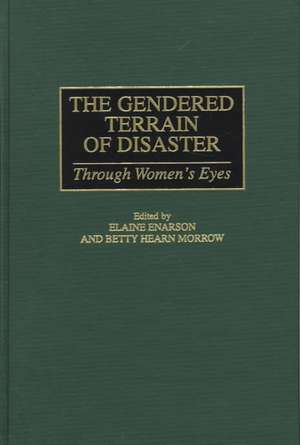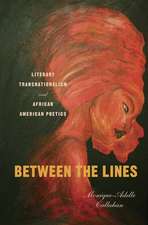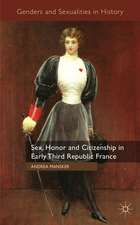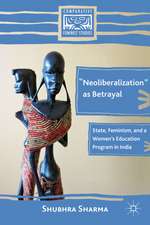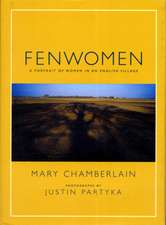The Gendered Terrain of Disaster: Through Women's Eyes
Autor Elaine Enarson, Betty Morrowen Limba Engleză Hardback – 29 iun 1998 – vârsta până la 17 ani
Preț: 670.45 lei
Preț vechi: 1066.81 lei
-37% Nou
Puncte Express: 1006
Preț estimativ în valută:
128.29€ • 134.56$ • 106.80£
128.29€ • 134.56$ • 106.80£
Carte tipărită la comandă
Livrare economică 01-15 aprilie
Preluare comenzi: 021 569.72.76
Specificații
ISBN-13: 9780275961107
ISBN-10: 0275961109
Pagini: 288
Dimensiuni: 156 x 235 x 27 mm
Greutate: 0.63 kg
Editura: Bloomsbury Publishing
Colecția Praeger
Locul publicării:New York, United States
ISBN-10: 0275961109
Pagini: 288
Dimensiuni: 156 x 235 x 27 mm
Greutate: 0.63 kg
Editura: Bloomsbury Publishing
Colecția Praeger
Locul publicării:New York, United States
Notă biografică
ELAINE ENARSON is Visiting Scholar at the University of British Columbia's Disaster Preparedness Resources Centre and Community Research Scholar with the UBC Centre for Research in Women's Studies and Gender Relations.BETTY HEARN MORROW is Associate Professor of Sociology and a research associate of the International Hurricane Center at Florida International University.
Cuprins
PrefaceGender? Why Women?: An Introduction to Women and Disaster by Elaine Enarson and Betty Hearn MorrowPerspectives on Gender and DisasterThe Neglect of Gender in Disaster Work: An Overview of the Literature by Alice FothergillGender Inequality, Vulnerability, and Disaster: Issues in Theory and Research by Robert Bolin, Martina Jackson, and Allison CristThe Perspective of Gender: A Missing Element in Disaster Response by Joe ScanlonSocial Construction of Gendered VulnerabilityEve and Adam among the Embers: Gender Pattern after the Oakland Berkeley Firestorm by Susanna M. HoffmanA Comparative Perspective on Household, Gender, and Kinship in Relation to Disaster by Raymond Wiest"Men Must Work and Women Must Weep": Examining Gender Stereotypes in Disasters by Maureen Fordham and Anne-Michelle KetteridgeWomen and Post-Disaster Stress by Jane C. Ollenburger and Graham A. TobinBalancing Vulnerability and Capacity: Women and Children during Philippine Disasters by Zenaida G. DelicaDomestic Violence after Disaster by Jennifer Wilson, Brenda D. Phillips, and David M. NealCase Studies of Women Responding to DisasterGender, Disaster, and Empowerment: A Case Study from Pakistan by Farzana BariWomen in Bushfire Country by Helen Cox"Floods, They're a Damned Nuisance": Women's Flood Experiences in Rural Australia by C. Christine FinlayDisaster Prone: Reflections of a Female Permanent Disaster Volunteer by Carrie BarnecutWomen's Disaster Vulnerability and Response to the Colima Earthquake by Carolina Serrat ViñasGender Differentiation and Aftershock Warning Response by Paul W. O'Brien and Patricia AtchisonReflections from a Teacher and Survivor by Diane Gail ColinaWomen Will Rebuild Miami: A Case Study of Feminist Response to Disaster by Elaine Enarson and Betty Hearn MorrowWomen in Emergency Management: An Australian Perspective by Doone RobertsonWomen's Roles in Natural Disaster Preparation and Aid: A Central American View by Letizia ToscaniThe Role of Women in Health-Related Aspects of Emergency Management: A Caribbean Perspective by Gloria E. NoelConclusion: New Directions Toward a Gendered Disaster Science--Policy, Practice, and Research by Elaine Enarson and Betty Hearn MorrowReferencesIndex
